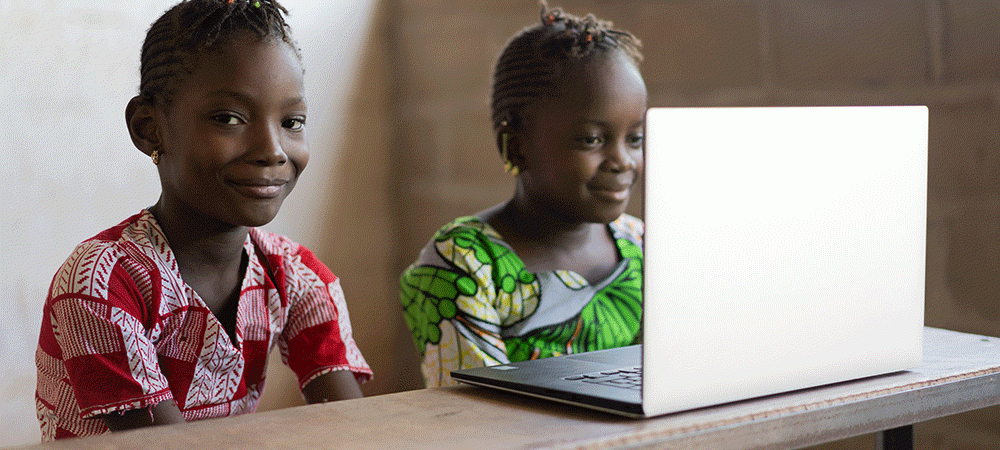Learner enrolment and school attendance in Kenya has increased three-fold since the introduction of the Digital Literacy Programme (DLP) by the government in 2014. This, according to a survey by the ICT Authority on success of the digital learning project, fashioned towards one laptop per child in public schools.
The Authority’s Chief Executive Officer, Dr Kate Getao, termed the DLP, which is fully integrated into the Competence Based Curriculum (CBC) for the supply of digital learning devices to schools, a transformative tool to learning and preparation of children for the 21st century.
The programme, which is the largest of its kind in the world and a flagship of the government has seen mass distribution of IT learning devices to schools across the country aimed at actualising the state’s vision to equip learners with digital skills at an early age.
Getao said about 21,634 public primary schools have received over one million devices while more than 93,000 teachers have been trained on various aspects of digital literacy integration in teaching and learning.
“Feedback report sought information about the utilisation of devices and was carried using both online and printed questionnaires and face-to-face interviews with school heads,” she said of the survey carried out during the Kenya Primary Schools Head Teachers’ Association (KEPSHA) Annual Delegate’s Conference in December.
KEPSHA National Treasurer Kennedy Kyeva said the majority of respondents were very satisfied with the DLP roll-out, an indicator, he said, that the programme is generally well received across the country.


